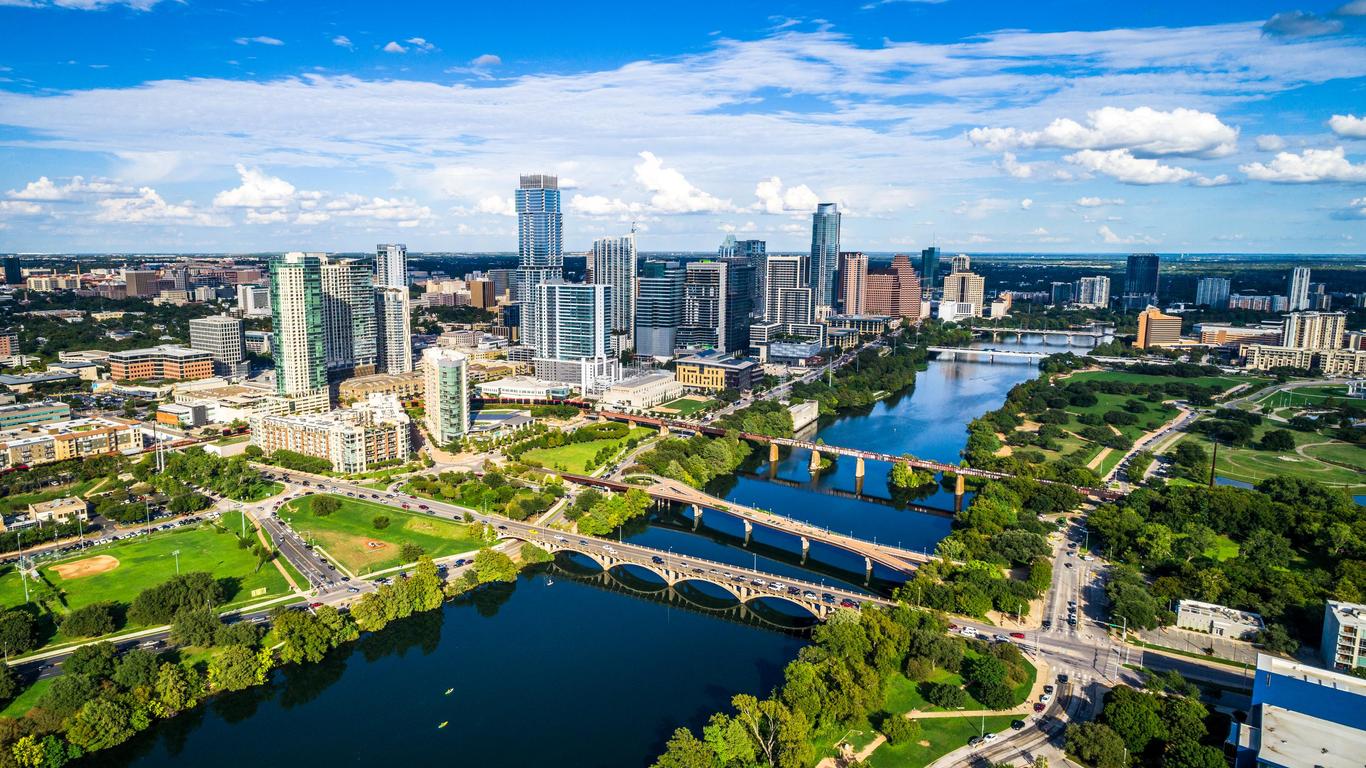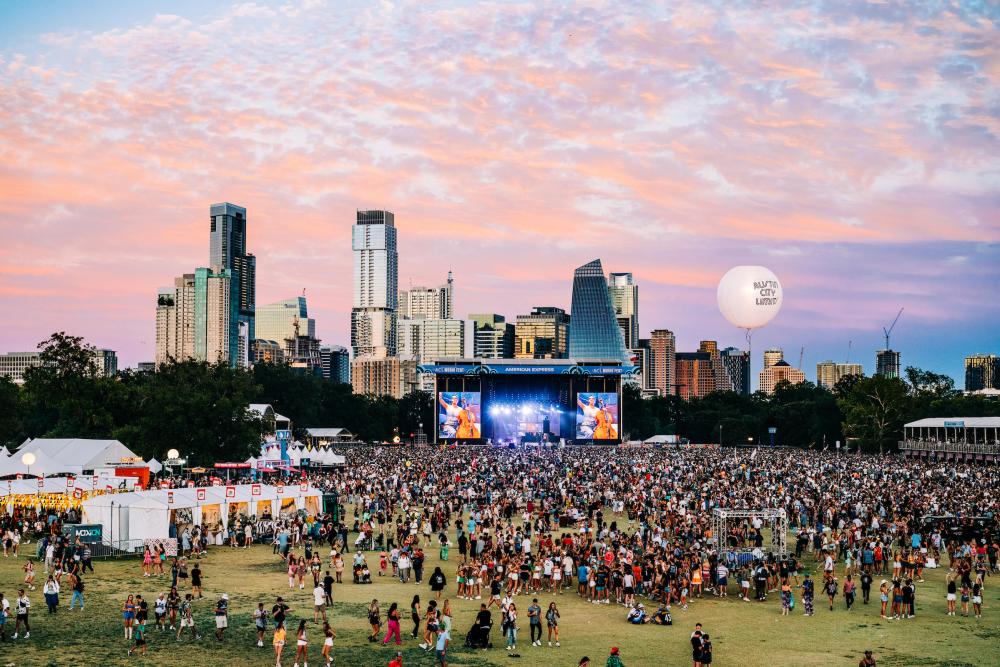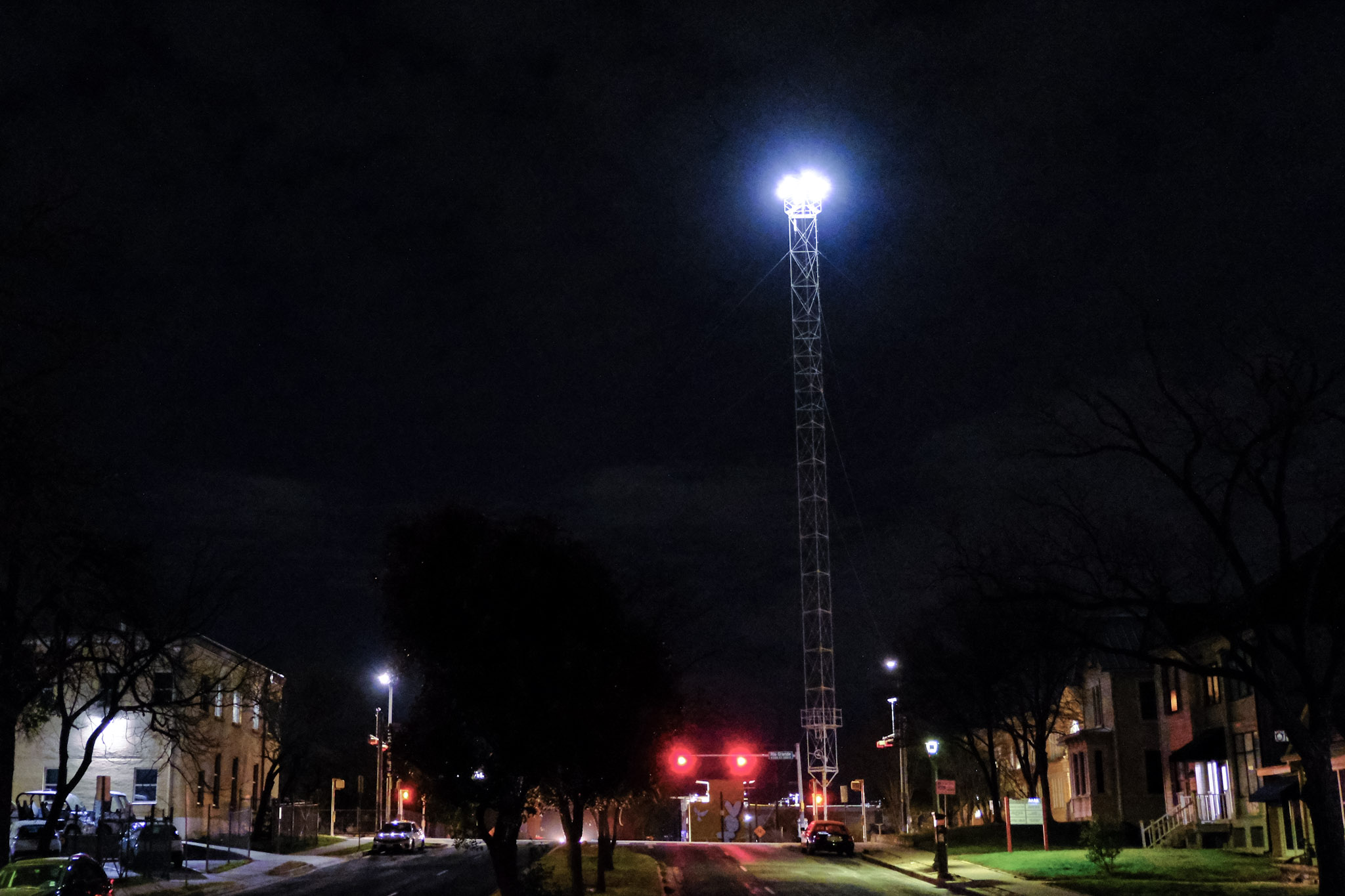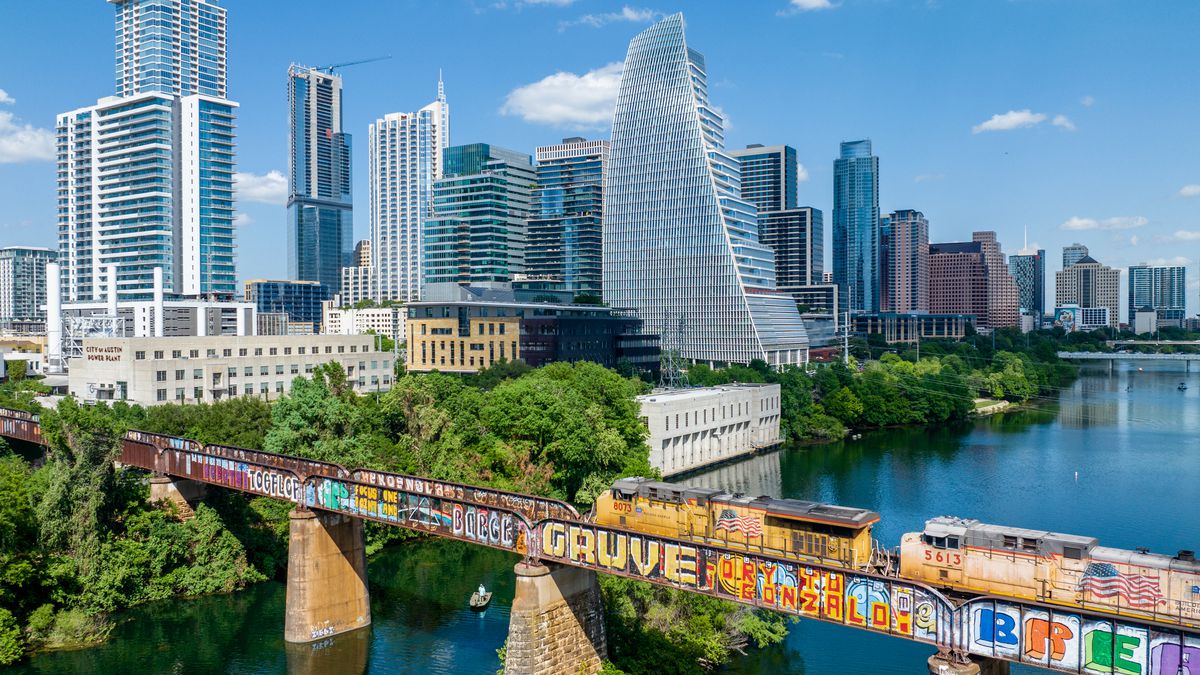
Austin, the vibrant capital city of Texas, has a magnetic pull that goes far beyond its impressive population figures—it’s the 13th-most populous city in the U.S. and the fifth-most populous in Texas, not to mention the county seat and most populous city of Travis County, extending into Hays and Williamson counties. Incorporated on December 27, 1839, Austin has consistently ranked among the fastest-growing large cities in the United States since 2010, drawing in a diverse mix of government employees, eager college students, talented musicians, innovative high-tech workers, and dedicated blue-collar workers. It’s a city that buzzes with an undeniable energy, nestled right in Central Texas within the expansive greater Texas Hill Country, which instantly sets it apart with its stunning natural beauty. This isn’t just another bustling metropolitan area; it’s a dynamic hub where history, innovation, and an unparalleled community spirit blend seamlessly. Austinites, as residents are known, have a deep connection to their city, cherishing certain aspects that truly make it special and perhaps even a little eccentric.
While Austin might be famous for its rapid growth and a burgeoning tech industry—earning it the nickname ‘Silicon Hills’ since the 1990s due to a swift influx of technology and development companies—there’s so much more to this city than just its economic prowess. It is, after all, home to the University of Texas at Austin, one of the largest universities in the U.S. with over 50,000 students, contributing to its youthful and innovative atmosphere. Companies like 3M, Apple, Google, IBM, Intel, Oracle, and Tesla have headquarters or regional offices here, showing its significant business footprint. But beyond the corporate and academic giants, Austin holds a collection of unique characteristics and beloved features that locals genuinely ‘swear by,’ forming the true essence of its allure. These aren’t always the most obvious attractions on a tourist map; instead, they are the elements that foster a deep sense of belonging and make living in Austin a truly distinctive experience, often reflecting its rich history of activism and progressive politics focused on environmental and civic reform.
From its artistic heart to its breathtaking natural escapes, Austin’s true charm lies in these lesser-known, yet deeply significant, aspects that weave together the fabric of daily life for its residents. The city has long balanced its rapid development with a desire to maintain its unique identity, a challenge that fuels a certain nostalgia for ‘Old Austin’ among long-time residents. Despite the ongoing rapid development and gentrification, the core values that define this city persist, championed by its proud Austinites. We’re about to dive into some of Austin’s most cherished ‘hidden gems’—not in the traditional sense, but as fundamental components of the city’s character that resonate deeply with those who call it home. These are the aspects that truly capture the spirit of Austin and explain why it continues to captivate hearts, offering a compelling blend of cultural vibrancy and natural splendor. Let’s explore what makes Austin so uniquely beloved.
So, if you’re ready to discover what truly sets Austin apart, beyond the headlines and the vibrant downtown skyline, prepare to explore some of the city’s best-kept secrets. These ‘gems’ offer a glimpse into the heart and soul of Austin, revealing why Austinites are so fiercely proud and protective of their home. Each one contributes to the city’s distinctive personality, from its deep historical roots to its forward-thinking spirit. Join us on this journey to uncover the authentic Austin, the one that locals know and love, and see why its unique identity continues to be celebrated by its passionate residents.

1. **Austin’s Soulful Soundtrack: The Live Music Capital of the World**Austin proudly carries the official slogan ‘The Live Music Capital of the World,’ a testament to its extraordinary number of musicians and an abundance of live music venues that pepper the city. This reputation isn’t just a catchy phrase; it’s deeply ingrained in the city’s cultural DNA, fostering a vibrant and eclectic music scene that has drawn artists and fans alike for decades. Since the 1970s, Austin’s emergence in the national music scene became undeniable, propelled by the raw talent of local artists who would go on to achieve legendary status. Figures such as the iconic Willie Nelson, the ever-popular Asleep at the Wheel, and the electrifying Stevie Ray Vaughan all contributed significantly to putting Austin’s distinct sound on the global map, solidifying its place in music history and making it a pilgrimage site for music lovers.
Beyond individual artists, Austin’s status as a music mecca is bolstered by a network of iconic venues and events that have become synonymous with its musical identity. The Armadillo World Headquarters, for instance, is frequently cited as a foundational space that nurtured the city’s unique sound and attracted a devoted following. In addition to these historic venues, the city is home to the long-running PBS TV concert series Austin City Limits, which has showcased countless musicians over the years, further cementing Austin’s reputation. The series’ immense popularity even inspired the creation of the Austin City Limits Festival, an annual event that draws massive crowds and features a diverse lineup of artists, cementing the city’s continuous relevance in the music industry and providing a constant beat for locals to enjoy.
Then there’s South by Southwest (SXSW), an annual conglomeration that serves as a massive platform for parallel film, interactive media, and music festivals, transforming Austin into a global creative hub each spring. This event, much like the Austin City Limits festival, highlights the city’s commitment to fostering artistic expression and innovation across various mediums. For Austinites, this vibrant music scene isn’t merely entertainment; it’s a fundamental part of their lifestyle, a constant source of cultural pride and communal gathering. The accessible nature of live music throughout the city, from small intimate clubs to large outdoor stages, ensures that there is always a rhythm to life in Austin, making its soulful soundtrack a true gem that locals cherish and experience daily, defining the very pulse of the city’s character and fostering a unique communal experience around sound.
:max_bytes(150000):strip_icc()/austinmural-5-9d7ab136786b45e5b4a7177d5e005b57.jpg)
2. **Keeping Austin Weird: A Celebration of Local Spirit**Walk around Austin for a while, and you’ll inevitably come across the unofficial slogan, ‘Keep Austin Weird.’ This phrase is more than just a quirky tagline; it embodies a deeply held desire among Austinites to protect the city’s unique charm, which is often tied to its small, independent, and local businesses. It serves as a rallying cry against the encroachment of large corporations and homogenous development, advocating for the preservation of the bohemian roots that have historically defined Austin’s character. This local sentiment highlights a strong community value placed on individuality, creativity, and supporting homegrown enterprises, which collectively give the city its distinctive, eclectic flavor and foster a sense of genuine local identity, ensuring the city’s unique personality endures amidst change.
However, this cherished ideal is constantly challenged by Austin’s rapid growth and ongoing gentrification, which inevitably fuel nostalgia for what many refer to as ‘Old Austin.’ This dynamic tension reflects a broader struggle to balance progress with preservation, as new developments and larger companies move into the area. Despite these pressures, the spirit of ‘Keep Austin Weird’ continues to inspire local activism and a strong community push to maintain the city’s distinctive vibe. It is a sentiment that unites many residents in their efforts to ensure Austin retains its unique cultural fabric and does not lose its special qualities that have made it a beloved home for generations of Austinites, fostering a deep communal bond.
Austin has a long and storied history of activism and progressive politics, particularly focused on environmental and civic reform, which underpins the ‘Keep Austin Weird’ movement. This progressive outlook contributes to the city being ranked among the safest large cities in the United States, showcasing a community that values both its unique culture and the well-being of its residents. The unofficial slogan is a living testament to the city’s collective consciousness, a reminder of the importance of fostering and protecting what makes Austin truly original and cherished by its inhabitants. It’s a call to action for locals to actively participate in shaping the city’s future while honoring its past, ensuring that the unique, quirky, and independent spirit of Austin remains vibrant and accessible for all, making this cultural ethos a significant hidden gem that defines everyday life.

3. **Nature’s Masterpiece: The Texas Hill Country’s Lakes and Waterways**Austin’s geographic location is truly a natural masterpiece, situated right in Central Texas within the expansive and picturesque greater Texas Hill Country. This prime positioning blesses the city with an abundance of stunning natural features, including numerous lakes, rivers, and waterways that are cherished by locals for their beauty and recreational opportunities. The Colorado River, a central artery of the region, flows through Austin, shaping its landscape and providing vital water sources. Along its course, it forms magnificent artificial lakes within the city limits, such as the serene Lady Bird Lake (formerly known as Town Lake) and the expansive Lake Austin, both created by strategic dams, offering spectacular views and endless possibilities for outdoor enjoyment right in the heart of the urban environment.
Beyond these well-known lakes, the area boasts other significant natural aquatic treasures that contribute to its allure. Lake Walter E. Long, partly utilized for cooling water by the Decker Power Plant, and the iconic Barton Springs, a series of natural springs forming popular swimming holes, are deeply ingrained in the local lifestyle. Further afield, but still within the city’s sphere of influence, are the picturesque McKinney Falls and the vast Lake Travis, a flood-control reservoir created by the Mansfield Dam. These diverse waterways offer a wide array of activities, from boating and fishing to swimming and simply enjoying the tranquil surroundings, providing essential natural escapes for Austinites looking to unwind and reconnect with nature without venturing far from the urban core. The city’s unique position straddling the Balcones Escarpment also contributes to its varied landscape, with flat eastern parts and rolling western hills.
Austin’s location at the intersection of four major ecological regions results in a temperate-to-hot green oasis, characterized by a highly variable climate that combines elements of the desert, tropics, and wetter regions. This ecological diversity means the area is rich in animal and plant life, making it a haven for nature enthusiasts. Notably, the region is famed for its spectacular wildflower displays, which blossom throughout the year, but are especially vibrant in the spring, painting the landscape with bursts of color. The popular bluebonnets, some thoughtfully planted by ‘Lady Bird’ Johnson, wife of former President Lyndon B. Johnson, are a particular highlight. This rich natural heritage, with its varied topography and climate, provides endless opportunities for outdoor adventures and peaceful contemplation, truly making Austin’s natural surroundings a priceless gem that locals deeply appreciate and frequently explore. These natural havens are a cherished part of what makes Austin so livable and unique, offering a constant invitation to step outside and experience its inherent beauty.
Ready to dive deeper into the heart of Austin? After exploring its vibrant music scene, quirky spirit, and stunning natural waterways, you might think you’ve got this city figured out. But trust us, there’s even more to uncover that makes Austin truly special. Locals don’t just love these next few gems; they practically embody them, weaving them into the very fabric of daily life. So, let’s peel back another layer and discover what else makes this city one of a kind.

4. **Austin’s Iconic Moonlight Towers: Beacons of the Past** Imagine a time before widespread streetlights, when Austin decided to illuminate its central areas with something truly innovative and, frankly, a little magical: moonlight towers. These towering structures, standing at a impressive 165 feet (50 meters) tall, were built in the late 19th century to cast an ‘artificial moonlight’ over the city. It’s a concept that sounds straight out of a classic movie, and fittingly, these historic landmarks even found their way into pop culture, notably featured in the 1993 film *Dazed and Confused*. They’re not just old light fixtures; they are a tangible link to Austin’s inventive past and its enduring charm.
What makes these moonlight towers even more remarkable is their rarity. While 31 original towers were once installed, only 15 remain standing in Austin today. Even more fascinating? None of the original towers remain in any of the other cities where they were once installed. This makes Austin’s collection truly unique and a point of pride for Austinites. They’re a constant reminder of the city’s ability to blend innovation with a deep respect for its heritage, literally illuminating Austin’s unique character as the sun goes down.

5. **Urban Sanctuaries: Greenbelts and Swimming Holes** If there’s one thing Austinites crave, it’s connection to nature, and the city delivers this in spades through its incredible network of green spaces and natural swimming spots. Beyond the major lakes, Austin boasts a stunning park system, spanning over 29,000 acres, supported by organizations like the Austin Parks Foundation. These green spaces aren’t just patches of grass; they are vibrant ecosystems and recreational havens that offer a much-needed escape from urban life, often just steps away from the bustling city.
A true local treasure is the Barton Creek Greenbelt, a sprawling 7.25-mile (11.67 km) public green belt managed by the City of Austin’s Park and Recreation Department. This natural playground, stretching from Zilker Park to the Woods of Westlake subdivision, is a marvel of limestone cliffs, dense foliage, and shallow waterways. It’s a go-to spot for adventurous activities like rock climbing, mountain biking, and hiking. When rainfall is generous, the creek’s water levels rise, transforming it into a perfect setting for swimming, cliff diving, kayaking, paddleboarding, and even tubing. Within this greenbelt, you’ll find beloved natural swimming holes like Twin Falls, Sculpture Falls, Gus Fruh Pool, and Campbell’s Hole, each offering a refreshing dip on a hot Texas day.
And the aquatic adventures don’t stop there! Austin is home to more than 50 public pools and swimming holes, each with its own unique charm. Among these, the historic Deep Eddy Pool stands out as the oldest human-made swimming pool in Texas. Nestled along the shores of Lady Bird Lake, it offers a refreshing spring-fed swimming experience. The 10.1-mile Ann and Roy Butler Hike and Bike Trail, which circles Lady Bird Lake, further enhances these green and aquatic gems, providing seamless access to numerous recreational activities and demonstrating Austin’s commitment to preserving its natural beauty for all to enjoy.

6. **Austin’s Unpredictable Charm: A Climate of Its Own** Austin’s climate is as unique and interesting as the city itself, sitting right in the middle of a special transitional zone. It’s where the dry, arid vibes of the American Southwest meet the lush, humid air of the American Southeast, creating a climate that’s truly one-of-a-kind. This blend gives Austin a temperate-to-hot, green oasis feel, yet with highly variable weather patterns that keep locals on their toes, combining characteristics of desert, tropics, and wetter regions. This ecological diversity isn’t just interesting on paper; it means Austin is teeming with a variety of animal and plant life, especially known for its spectacular wildflower displays that color the landscape throughout the year, particularly in spring with the beloved bluebonnets.
Summers in Austin are, in a word, hot. We’re talking average July and August highs often hitting the high-90s, with about 123 days a year reaching 90°F or higher, and nearly 30 days hitting a scorching 100°F. The highest recorded temperature ever was 112°F, which happened twice! But here’s the kicker: Austin’s humidity is highly variable. One day it can be dry and clear, and the next, a shift in wind brings in that Gulf of Mexico humidity, making it feel wonderfully warm and muggy, or refreshingly dry if the winds come from the west.
While winters are generally mild, with January averaging a comfortable 62.5°F high, don’t be surprised by a sudden “Blue Norther,” a short burst of cold weather. Overnight lows do drop below freezing about 12 times a year, but it’s not uncommon for January to have 10 days or more reaching 70°F. Snowfall is quite rare, though Austin has experienced significant snow events, like the 6.4 inches in February 2021. And while Austin is on the southern edge of Tornado Alley, severe weather with damaging winds, lightning, and flash flooding can occur, especially in spring. It’s a climate that certainly keeps things interesting and adds another layer to the city’s dynamic personality.




